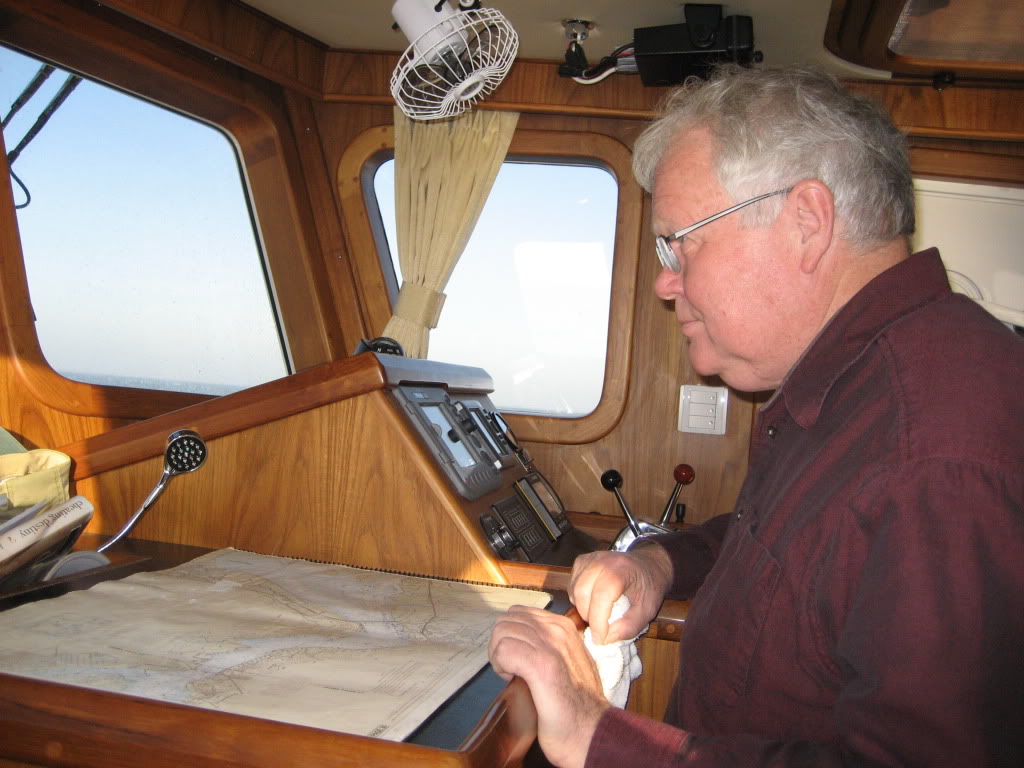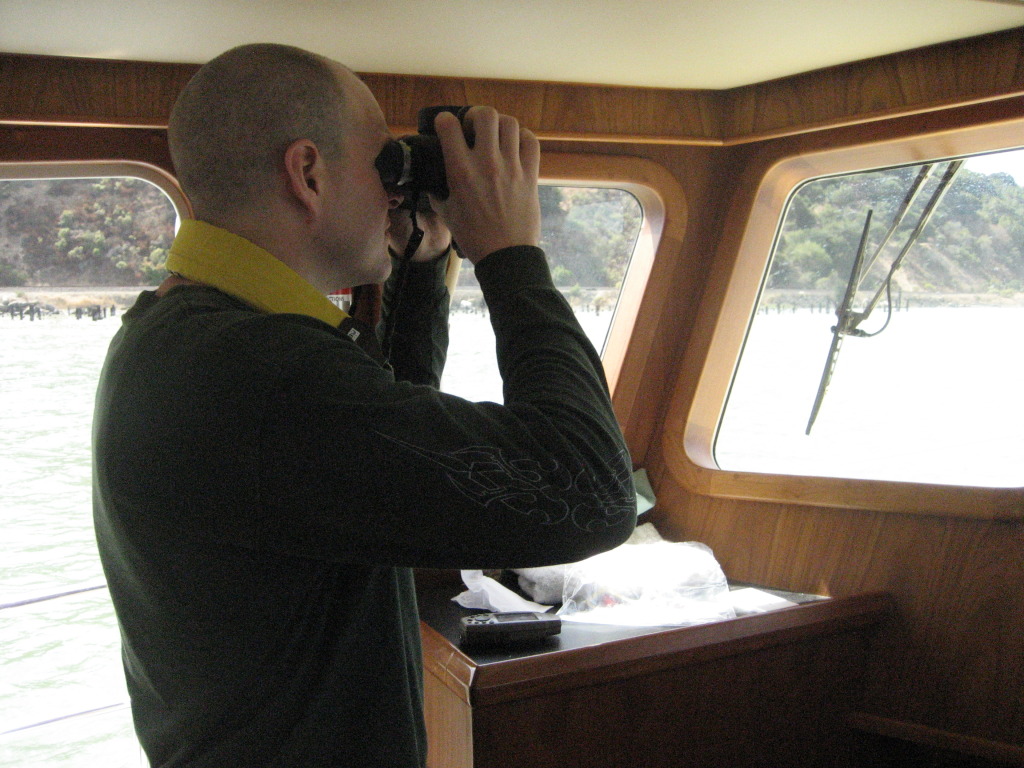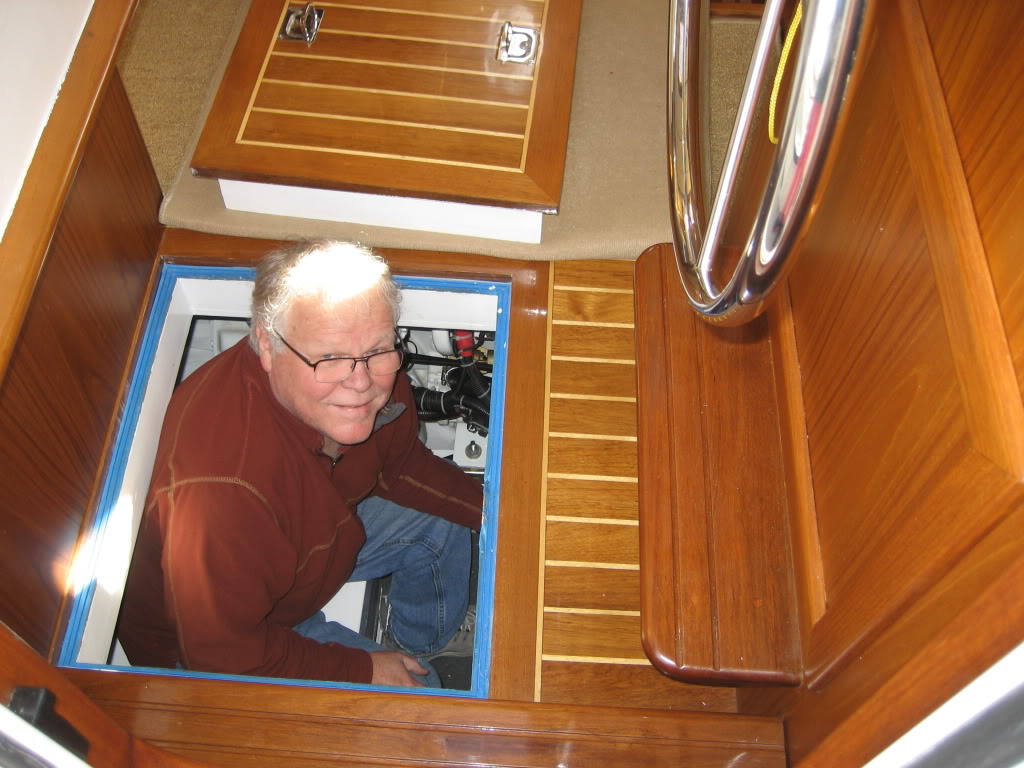twistedtree
Guru
In another thread there has mention of the Nordhavn 120's "glass bridge" and it made me realize that I don't really know what a "glass bridge" is. No doubt it's something sexy that cool people have on their cool boats, what what the heck is it actually?
- More screens than you had before?
- More info on fewer larger screens rather than less info an lots of little screens?
- Lots of info an a screen that wasn't available for display before?
The more I think about it, I haven't got a clue.
- More screens than you had before?
- More info on fewer larger screens rather than less info an lots of little screens?
- Lots of info an a screen that wasn't available for display before?
The more I think about it, I haven't got a clue.




